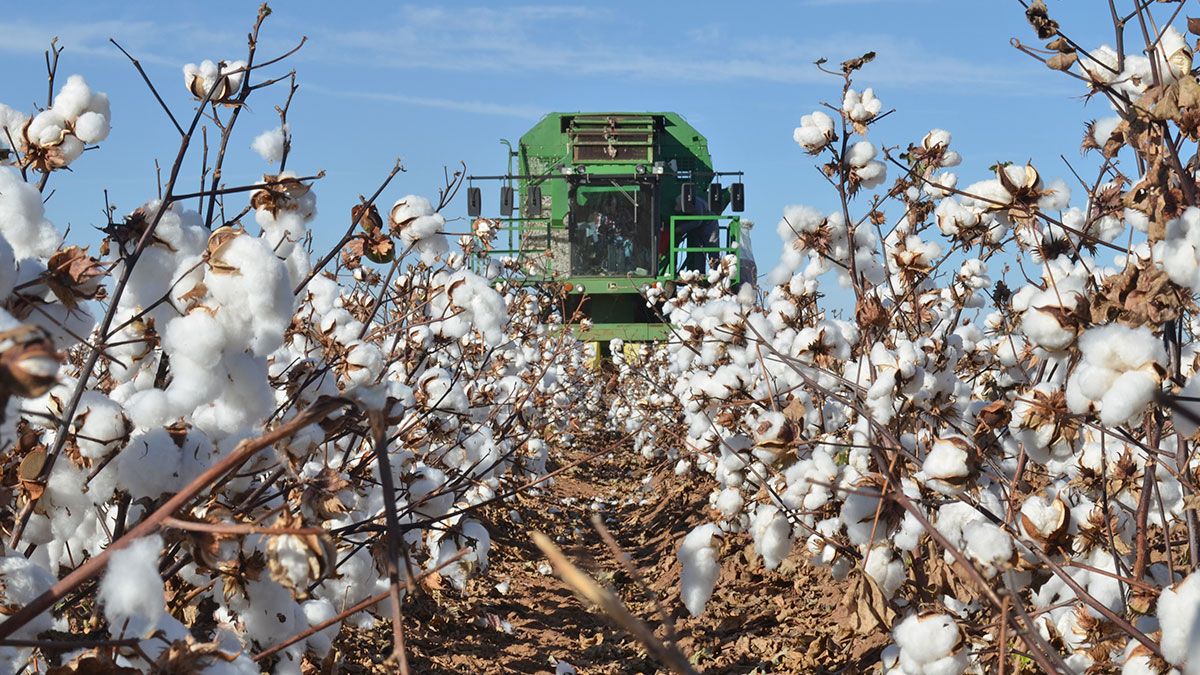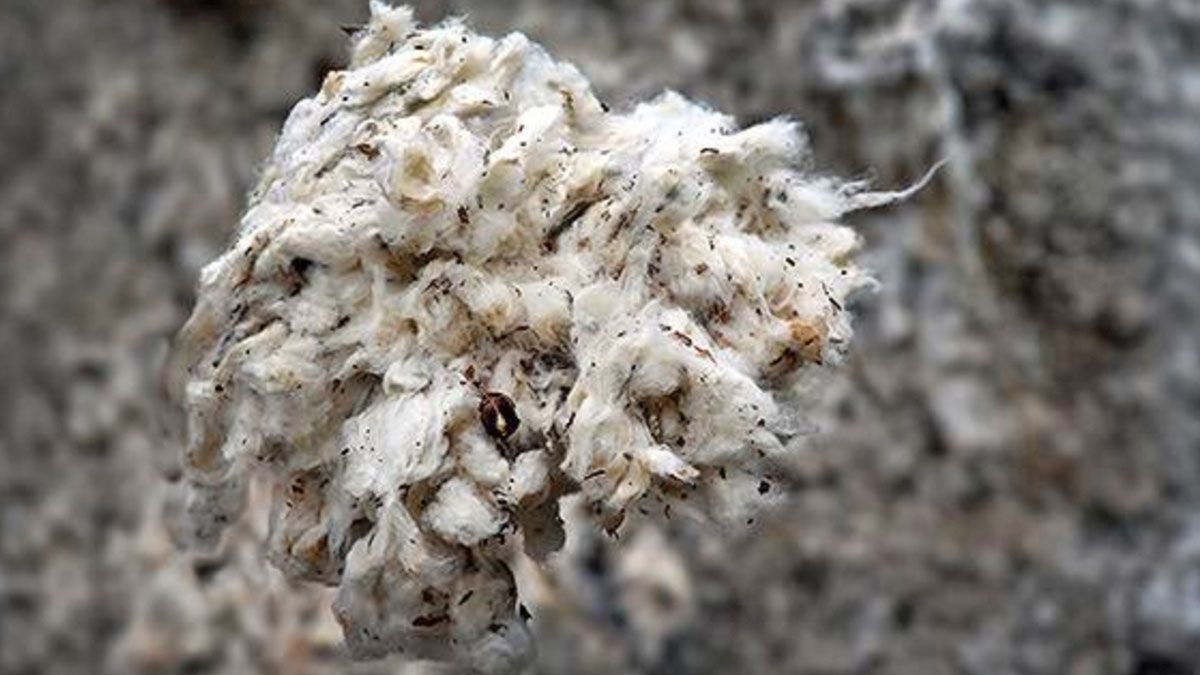Using clean cotton raw materials for textile and yarn manufacturers is one of the most important issues in terms of both quality and efficiency. However, the global market is facing serious problems in this regard. The International Textile Manufacturers Federation (ITMF) has published the Cotton Contamination Survey 2019, revealing the current situation. The research shows that the rate of contamination and the appearance of seed-coat fragments in raw cotton has increased compared to 2016. According to the research, which detected different contamination levels among cotton varieties, the stickiness rate in cotton was recorded at the lowest level. The research covers 81 different cotton types processed in 128 spinning mills in 25 countries.
Cotton contamination increased by 3 points to 26%
The level of cottons moderately or seriously contaminated as perceived by the spinning mills from around the world grew from 23% in 2016 to 26% in 2019. A closer look at the extent of the contamination shows that 7% (2016: 7%) of all cotton evaluated were seriously contaminated by some sort of foreign matter whereas 18% (2016: 18%) were only moderately contaminated. As the summary data are arithmetic averages of the different contaminants, the extent of contamination is fully illustrated by the results for the individual contaminants.
They range from 6% all cottons processed being moderately or seriously contaminated by “tar” to 55% of them being moderately or seriously contaminated by “organic matter”, i.e. leaves, feathers, paper, leather, etc. Other serious contaminants are “strings made of plastic film” (39%), “fabrics made of plastic film” (39%), “strings made of woven plastic” (36%) as well as “fabrics made of woven plastic” (31%).
The most contaminated cotton descriptions considered for the survey originated in India (MCU-5, J-34, India- Others, DCH), Pakistan (NAIB, Pakistan Others, MNH93), Tajikistan (Medium Staples) and Mozambique. In contrast, very clean raw cottons were produced in Australia, the USA, (Memphis Territory, California, Pima, South Eastern, Texas H. Plains and Arizona), Argentina, Brazil and Spain.
Stickiness decreased to 15.7%
Another important problem for spinning mills as much as contamination is stickiness in cotton. ITMF’s research shows that cotton stickiness decreased from 16% in 2016 to 15.7% in 2019. This rate has been recorded as the lowest level since 1989.
Descriptions that were affected most by stickiness were those from Sudan, the USA (Pima, USA-Others, Memphis Territory, Texas H. Plains, California, South Eastern), Mexico (Juarez) and Turkey (Turkey – Others). On the other end of the range, cottons from South Africa, Tanzania (Mwanza, Coastal); China (Shandong, Xinjiang), Mozambique, Chad, and Pakistan (MNH93, Pakistan – Others, NAIB) were not or hardly affected by stickiness.

The amount of seed-coat fragments increases in the harvested cotton
With regard to seed-coat fragments, the Cotton Contamination Survey 2019 shows that their appearance in cotton growths remains an issue for spinners around the world. 34% of all cotton growths consumed contained moderate or significant amounts of seed-coat fragments, a slight increase since 2016 (32%).
The origins affected most by seed-coat fragments are those from Turkey (Turkey – Others, Çukurova / S.E.); India (India-Others, J-34, MCU-5), Sudan (Sudan – Others), and Pakistan (MNH93, Pakistan – Others). Countries for which the existence of seed- coat fragments were negligible included those from Tanzania (Coastal, Mwanza); India (Shankar-4/6), Australia, the USA (California, Pima, Memphis Territory, USA– Others, Texas H. Plains).
3% of global cotton production is in Turkey
The report shows that Turkey is encountering cotton problems such as stickiness and seed-coat fragments. According to Republic of Turkey Ministry of Agriculture and Forestry data from the 2019/20 season; 34.9 million hectares of cotton cultivation was made in the world; and this October’s 26.4 million tons of cotton fibre is expected to be produced. World cotton consumption has been around 26 million tons in the last three seasons.
It is estimated that India will be the biggest cotton producer in the 2019-20 production season; with 6.4 million tons of cotton production. It is followed by China, the US and Brazil; Turkey takes its place at number 6 with 784 thousand tons of cotton production. Turkey has a share of 3% in the global cotton production market. Turkey is the 5th largest importer with a 8% share in cotton imports.


